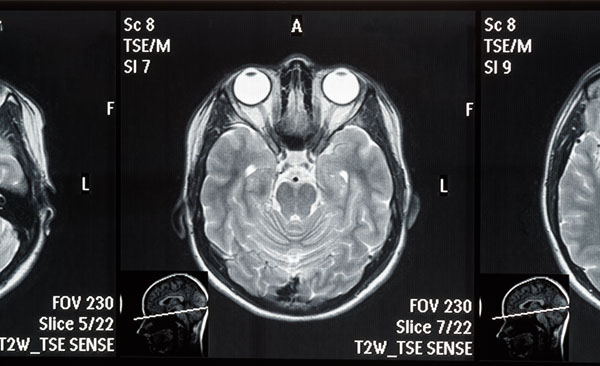This is an update on our Amish clients with Down Syndrome, Autism, and Depression.
We have 4 clients who have one of these conditions or ailments which have symptoms similar to each other with behavioral aspects of anger, anti-social, and lack of desire to perform normal daily tasks. The lady with Down Syndrome is 27 years old and is under constant supervision by her older sister who is considered her “caretaker”. She has the behavior similar to a pre-teen when we first saw her. Every time someone asked her a question or to do something, she would refuse and just turn her head. This is her behavior every day, all day long. It’s a constant struggle to do simple tasks. There are two boys (15 and 19) in two different families who exhibit typical autistic behavioral patterns. The 15 year old is more on the autistic end of the spectrum where there is little social interaction, and he is very disruptive in school to the point they had put him in a separate room during the day. The older boy works in his father’s carpentry business and functions high on the social interaction spectrum similar to the Asperger’s behavioral patterns that I exhibit when interacting with the public. If you were not aware, I have Asperger’s as well.
The 19 year old had been diagnosed in the past with bipolar disorder and severe depression and put on medications that make him even more depressed. I question the legitimacy of the bipolar diagnosis based on what the family has told me concerning his behavior. The other depression person is a teenage Amish girl who is tired and sluggish all of the time, but she states that she cannot sleep during the night. When we arrived at their home for treatments, she refused to answer any questions at first. She works with the non-Amish as a processor of marijuana plants (we recently opened our State to this during the past year). I bring up this information showing that she works outside of the home rather than a traditional role for most young Amish women.
Bobbi Jo performed our vibrational cranial flush protocol (soon to be officially named) to focus on draining the fluid pressure from within the cranium. It is our theory that some neurological and behavioral problems are caused by fluid pressure inside the skull, so we have been studying the anatomy of the cranium with the various bones, sutures, and fluid drainage anatomical structures. What we have experienced with these 4 people is an immediate change to their behavior after just one session. These are big changes where they are returning back to normal and each one has communicated that the “feel better” and ask for more sessions.
All 4 are completely different people when the return for another session. The cranial pressure protocol is proving to be exactly what we had hoped for with a vibrational therapy response. The bones of the skull are actually moving and shifting during one placement when we focus on relieving the tension on the sutures and the soft tissue on the outer layers. We have also included a fluid drain of the neck before and after the cranial pressure release because there is so much fluid draining from the cranium during the session. We will keep you updated on the progress of these 4 people to let you know how many sessions we are performing and how long the effects are lasting.
Disclaimer: These reports are for information purposes only. They should not be considered official research studies that follow standard reporting protocols. This information is designed to promote discussion and introduce a novel therapeutic approach called Vibration Therapy with weighted tuning forks. We are continuing to study the physiological response to a properly placed weighted 128hz tuning fork on a fluid-filled space, and we invite you to follow our work and contact us at nehcacademy@gmail.com if you are interested in learning more. Please consult with a qualified medical professional if you are using this information for your own health care. Results have varied throughout our clients, and we have no expectation or claims that our approach will work for everyone in similar conditions.


